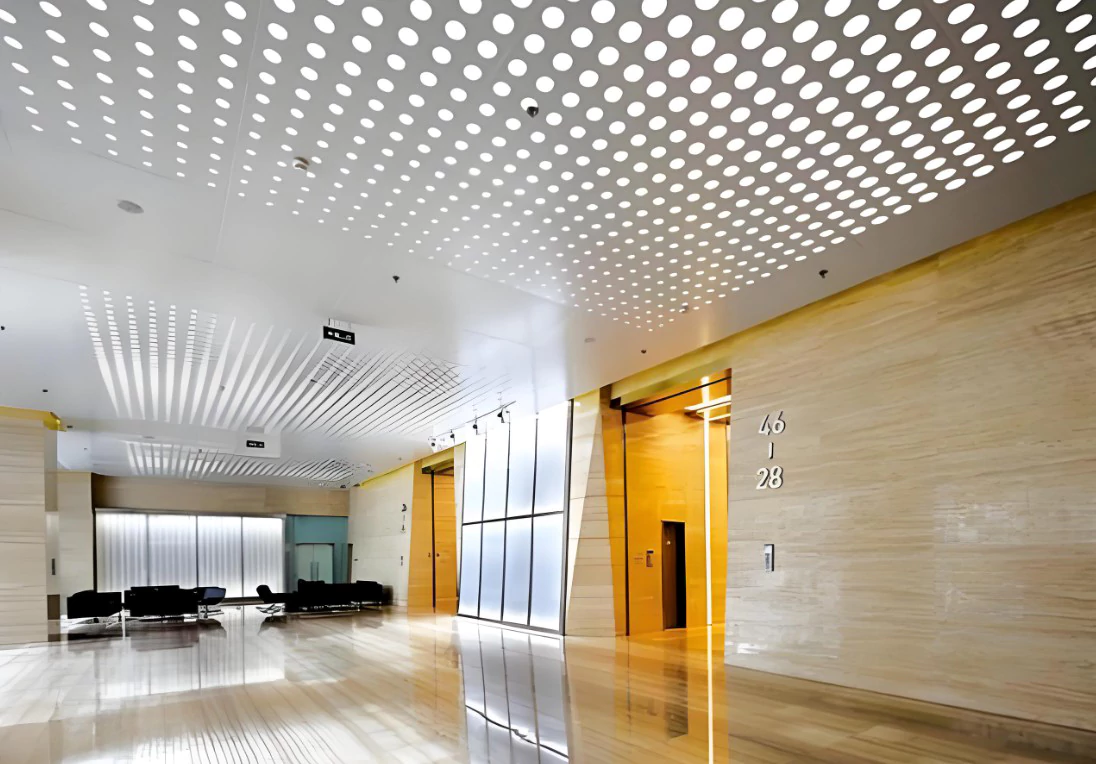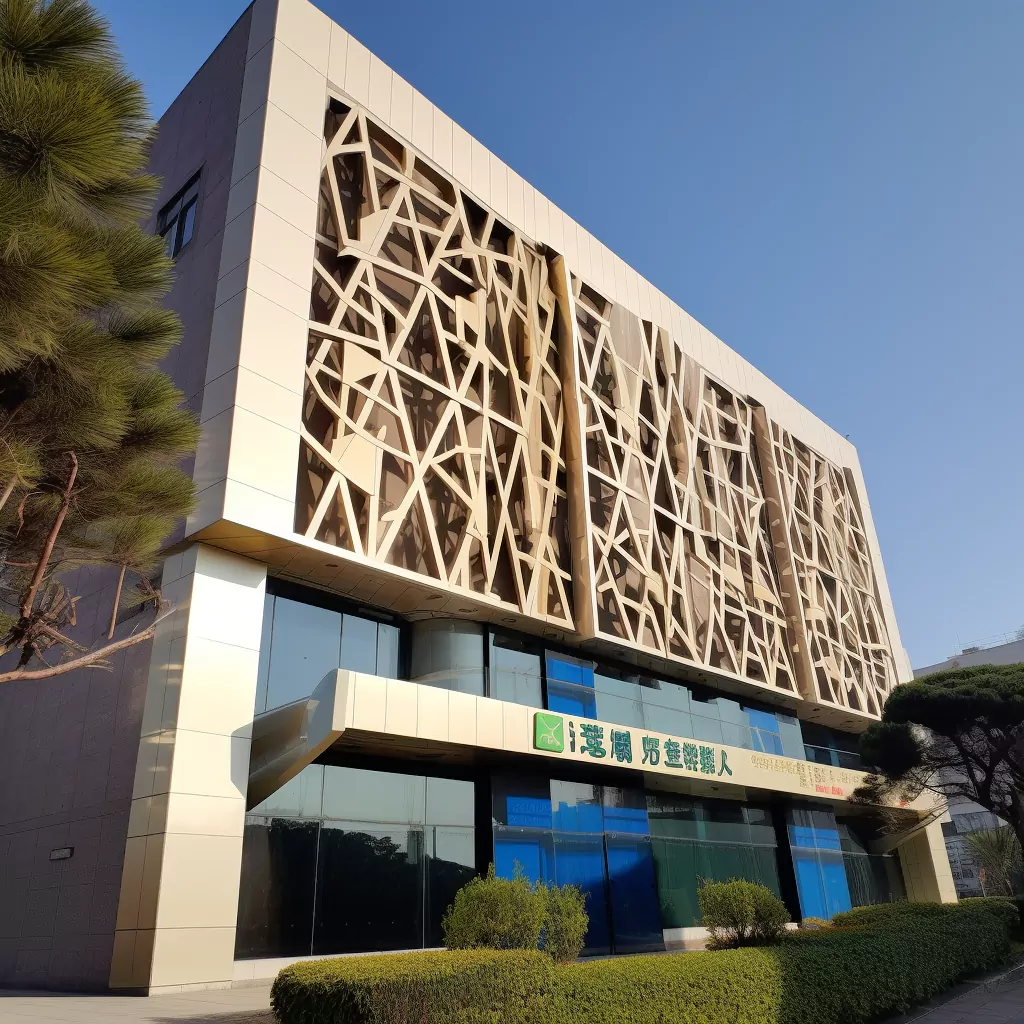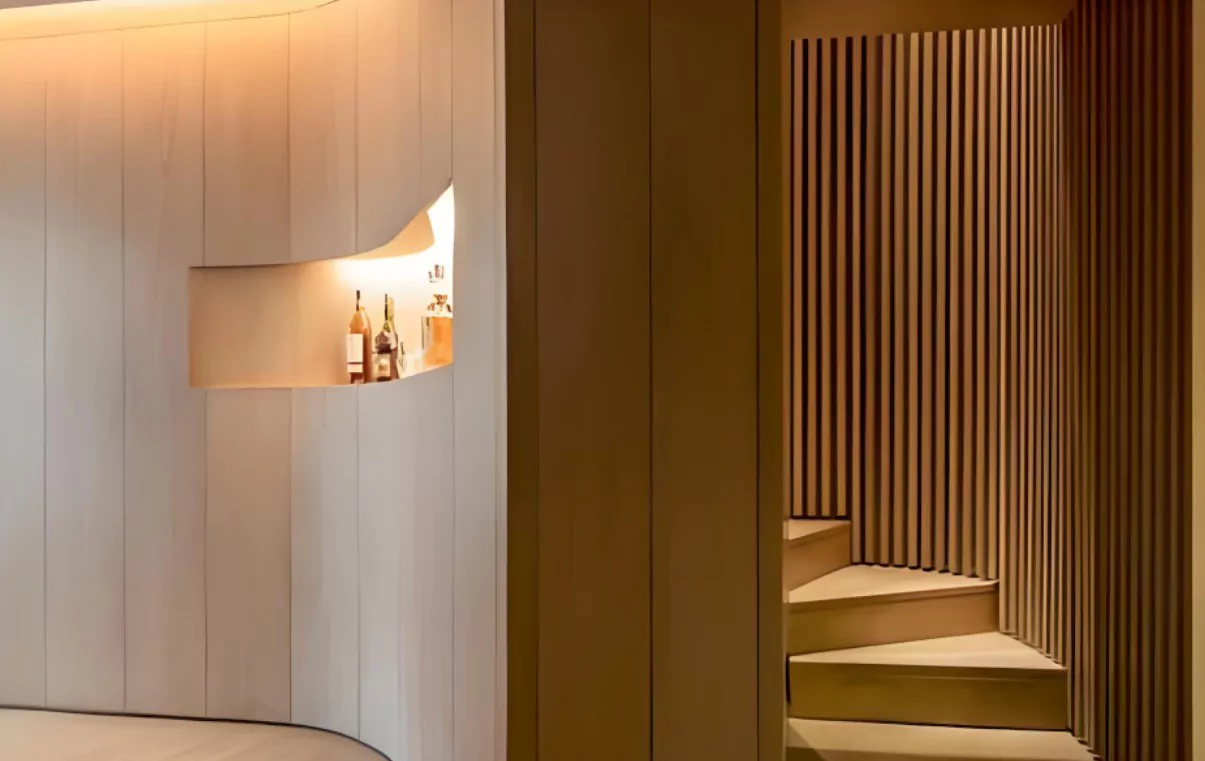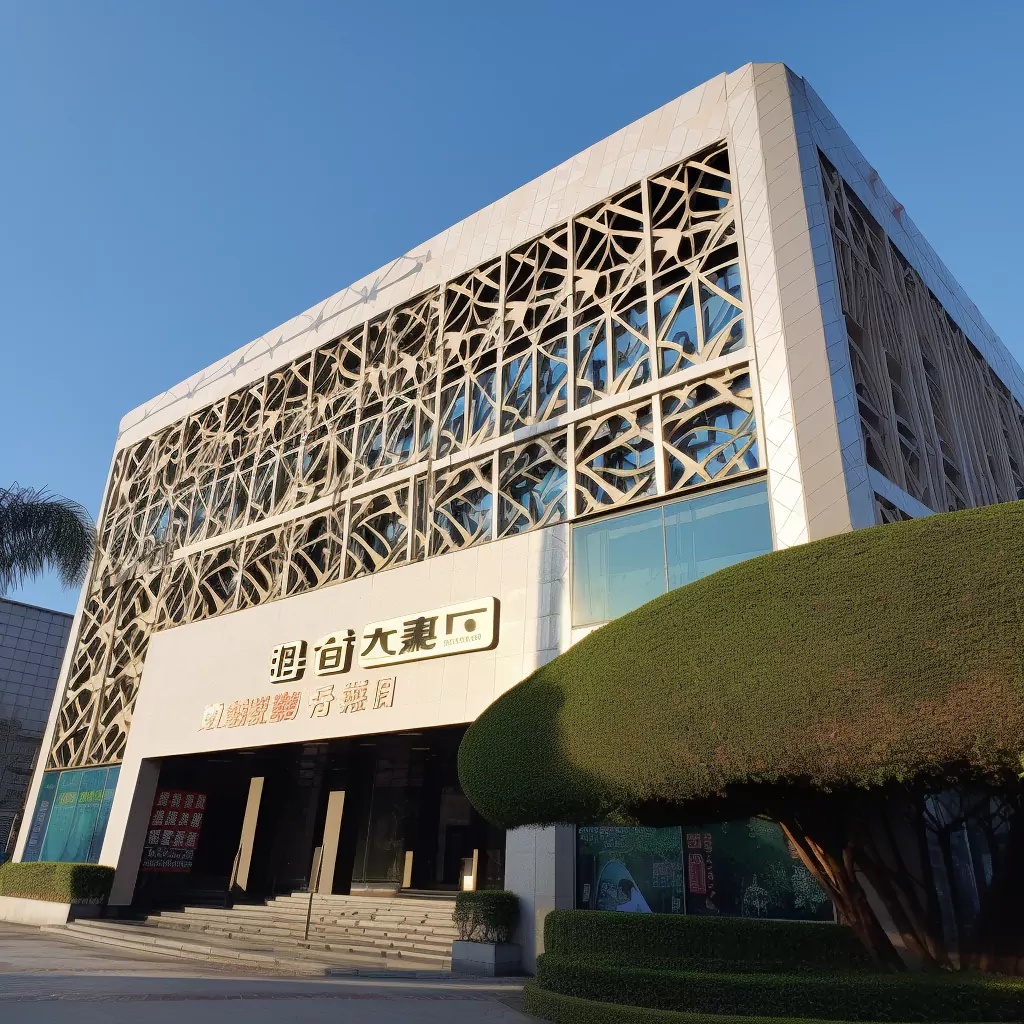Aluminum veneer is a new type of building decoration material, which is made of aluminum alloy plates through deep processing. It is usually used in building exterior walls, interior walls, curtain walls and other parts. Because of its unique performance and beautiful appearance, aluminum veneer has been widely used in modern architecture.
Performance characteristics of aluminum veneer
Lightweight and high strength
The density of aluminum veneer is relatively low, but its strength is very high. This allows the aluminum veneer to reduce the overall load of the building while maintaining good strength, helping to improve structural safety.
Corrosion resistance
Aluminum alloy itself has strong corrosion resistance. Specially treated aluminum veneers can effectively resist oxidation, acid and alkali and other corrosion, and extend the service life.
good processability
Aluminum veneer is easy to cut, shape and weld, and can be personalized according to different architectural styles and design needs to meet various design needs.
Excellent sound insulation performance
The structure of the aluminum veneer can effectively isolate external noise and improve indoor comfort. It is very suitable for use in places with high noise requirements.
Environmentally friendly and recyclable
Aluminum is a renewable resource. The production and recycling process of aluminum veneers have little impact on the environment and are in line with modern environmental protection concepts.
Rich colors and textures
Aluminum veneer can achieve a variety of colors and textures through spraying, anodizing and other processes to meet the needs of different styles of architectural design.
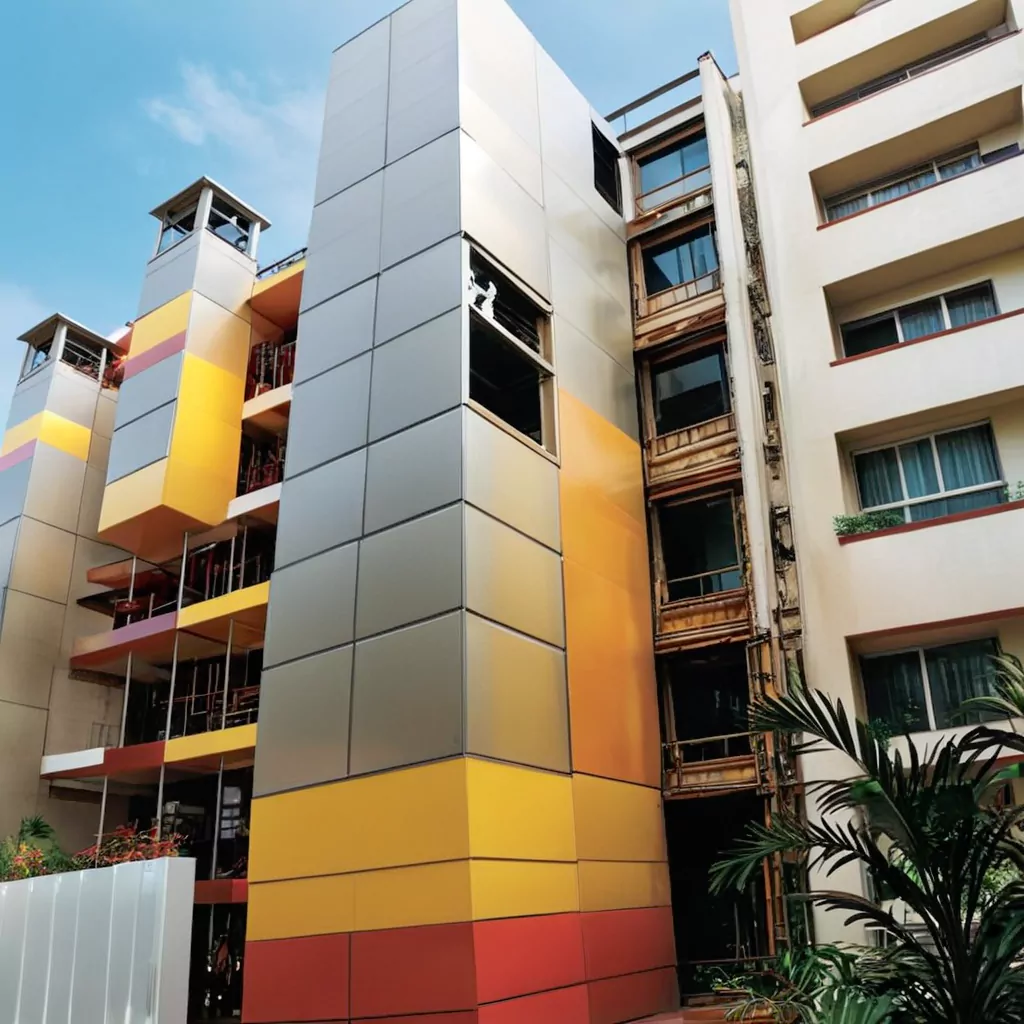
Applicable scenarios of aluminum veneer
commercial building
In commercial buildings such as large shopping malls and office buildings, aluminum veneers can not only be used as exterior facade materials, but can also be used for interior decoration to create a sense of modernity and fashion.
public facilities
Due to its excellent weather resistance, aluminum veneer is widely used in public facilities such as airports and stations, providing good visual effects and functionality.
residential building
In modern residential design, aluminum veneers can be used on balconies, exterior walls and other parts to add to the aesthetics and practicality of the building.
cultural venues
Cultural venues such as museums and libraries often use aluminum veneers for interior decoration to create a quiet and elegant atmosphere.
industrial plant
The corrosion resistance and strength of aluminum veneer make it an ideal material for interior and exterior walls of industrial plants, meeting the requirements for use in special environments.
Summarize
Aluminum veneer is suitable for a variety of construction scenarios due to its light weight, high strength, corrosion resistance, excellent processability and other performance characteristics. Whether in commercial buildings, public facilities or residential and cultural venues, aluminum veneers can provide ideal decorative effects and practical performance. In future architectural design, aluminum veneer will continue to play an important role and is a high-quality building material worthy of attention.
By understanding the performance characteristics and applicable scenarios of aluminum veneers, you can better choose building materials suitable for your project and improve the overall design effect.

